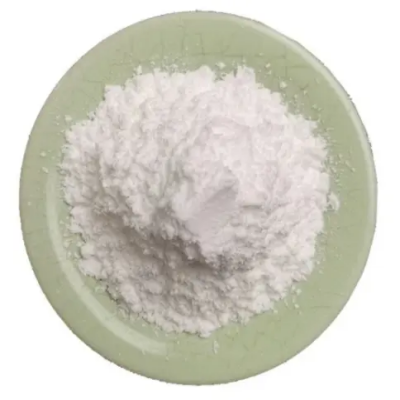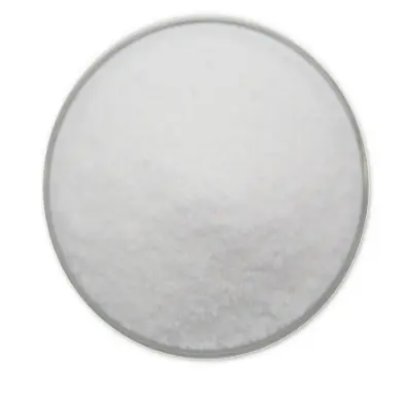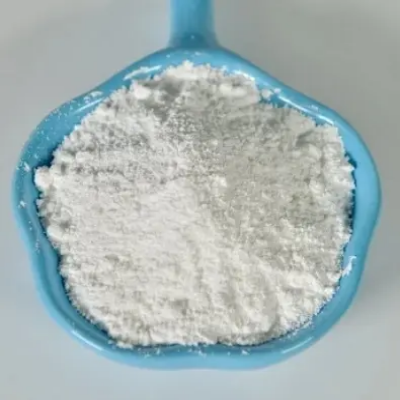Osimertinib intermediate CAS:1421372-66-8
Osimertinib intermediates encompass several key compounds integral to the synthesis pathway of osimertinib, each with its distinctive molecular structure and functional significance, elaborated below. Chemical Structures and Properties The structures of osimertinib intermediates are intricately designed with specific functional groups essential for subsequent modifications leading to osimertinib. These intermediates exhibit properties crucial for their roles as precursors in pharmaceutical synthesis, ensuring the final product possesses desired pharmacological properties, including potent EGFR inhibition. Synthesis Methods and Applications The synthesis of osimertinib intermediates involves advanced organic chemistry techniques aimed at achieving high purity and yield. This process includes assembling diverse organic fragments under controlled conditions, followed by selective functionalization to attain the intermediate's requisite structure. Such meticulous synthesis establishes the foundation for subsequent transformations crucial in osimertinib's final synthesis. Pharmacological and Therapeutic Relevance In pharmaceutical applications, osimertinib intermediates are indispensable for efficient and scalable osimertinib production. Their structural characteristics and chemical properties are tailored to facilitate downstream synthesis steps, ensuring the drug meets rigorous quality standards necessary for clinical efficacy. Osimertinib's efficacy in targeting specific EGFR mutations underscores the significance of its intermediates in advancing precision oncology treatments. Clinical and Industrial Impact Beyond their roles in pharmaceutical synthesis, osimertinib intermediates exemplify advancements in medicinal chemistry aimed at developing targeted therapies for NSCLC and other malignancies driven by EGFR mutations. Their successful synthesis and integration into osimertinib manufacturing highlight the synergy between organic synthesis, pharmacology, and clinical medicine in addressing critical medical needs and improving patient outcomes. Conclusion Osimertinib intermediates collectively represent pivotal components in the pharmaceutical industry's efforts to develop effective targeted therapies for NSCLC. Their roles as key intermediates in osimertinib synthesis underscore their importance in ensuring the production of a potent and selective therapeutic agent. Future research endeavors are expected to focus on refining synthetic methodologies, optimizing intermediate structures, and exploring new applications in precision oncology to further enhance therapeutic outcomes and expand treatment options for cancer patients.



| Composition | C25H31N7O |
| Assay | 99% |
| Appearance | white powder |
| CAS No. | 1421372-66-8 |
| Packing | Small and bulk |
| Shelf Life | 2 years |
| Storage | Store in cool and dry area |
| Certification | ISO. |









